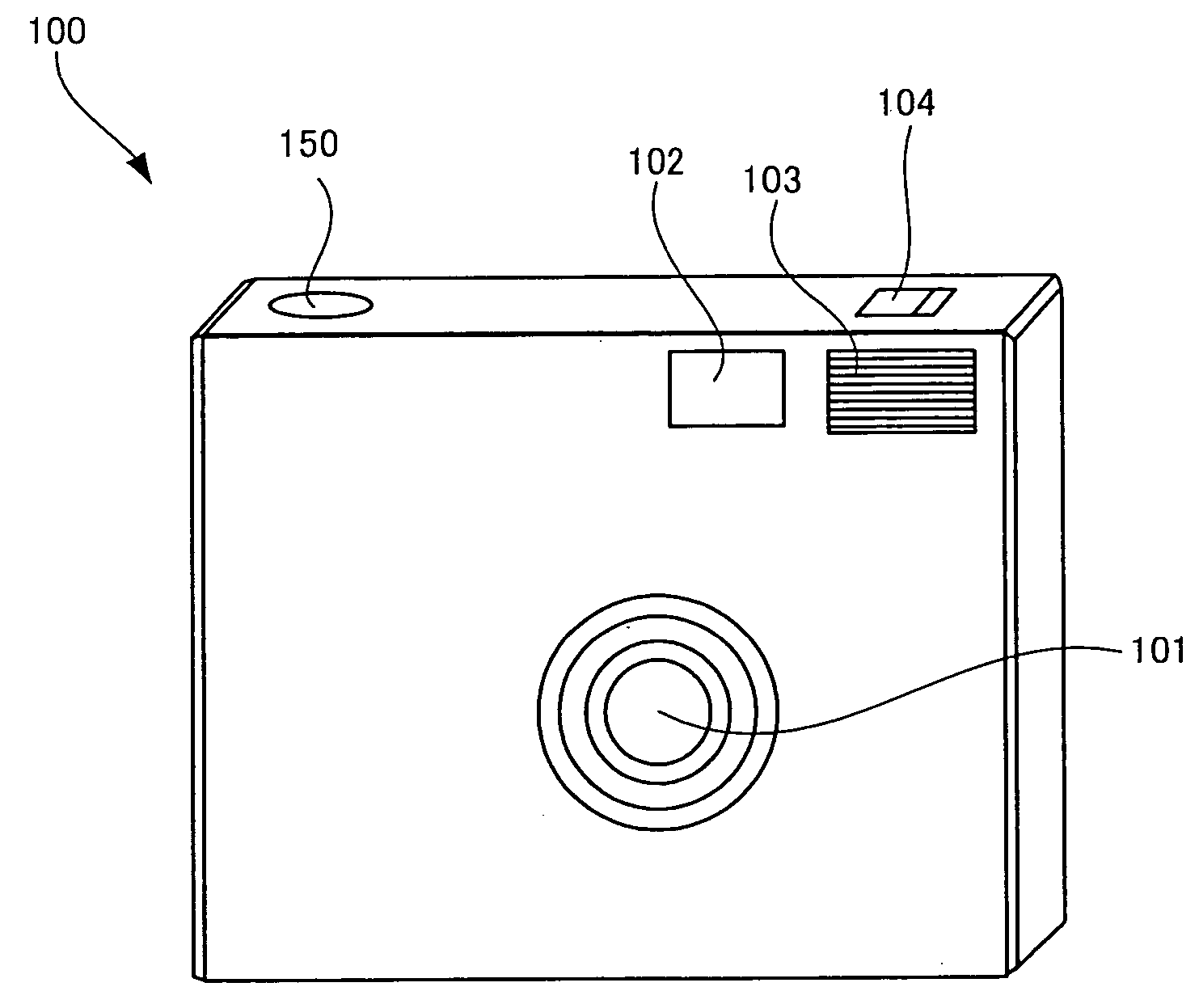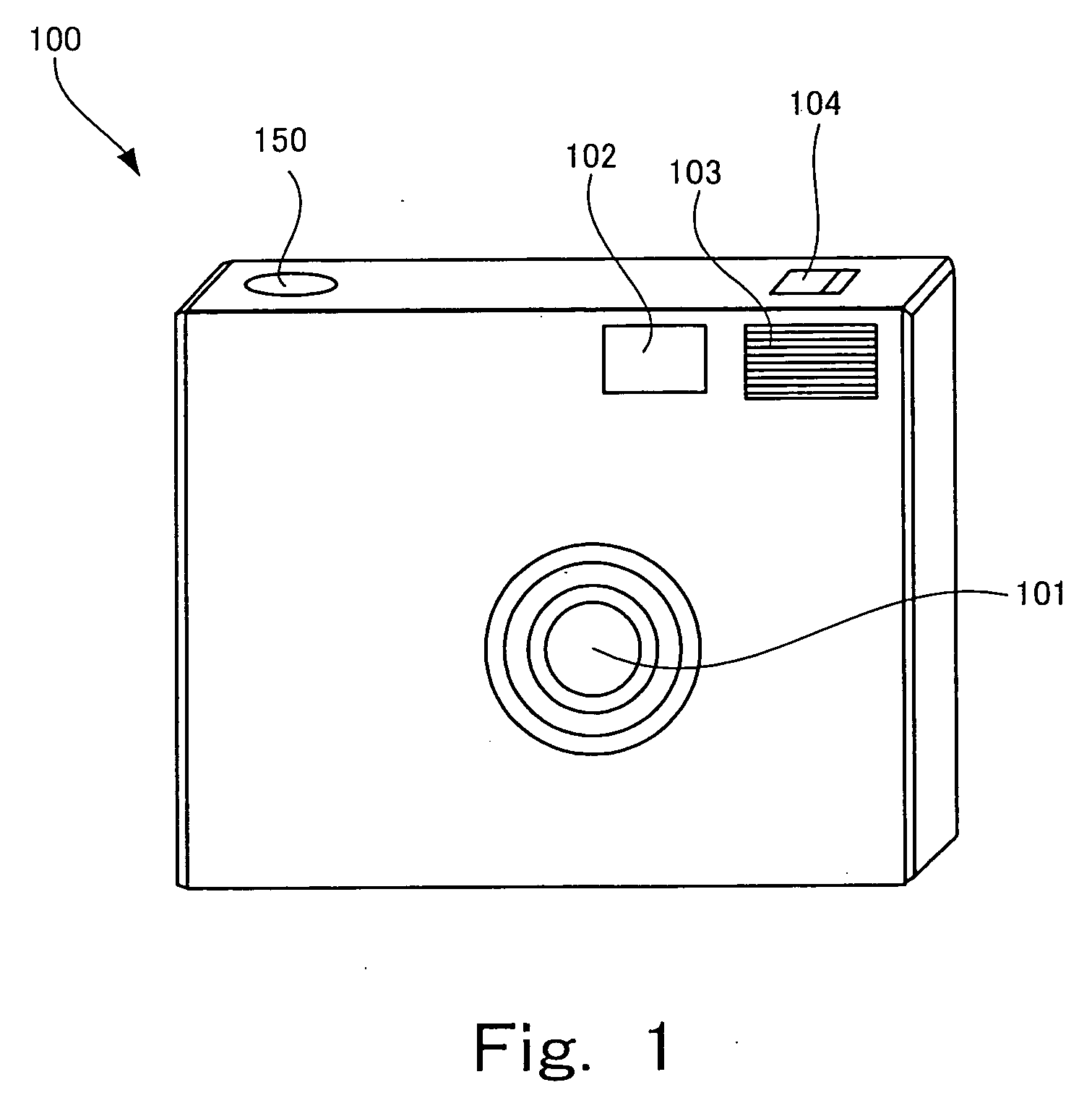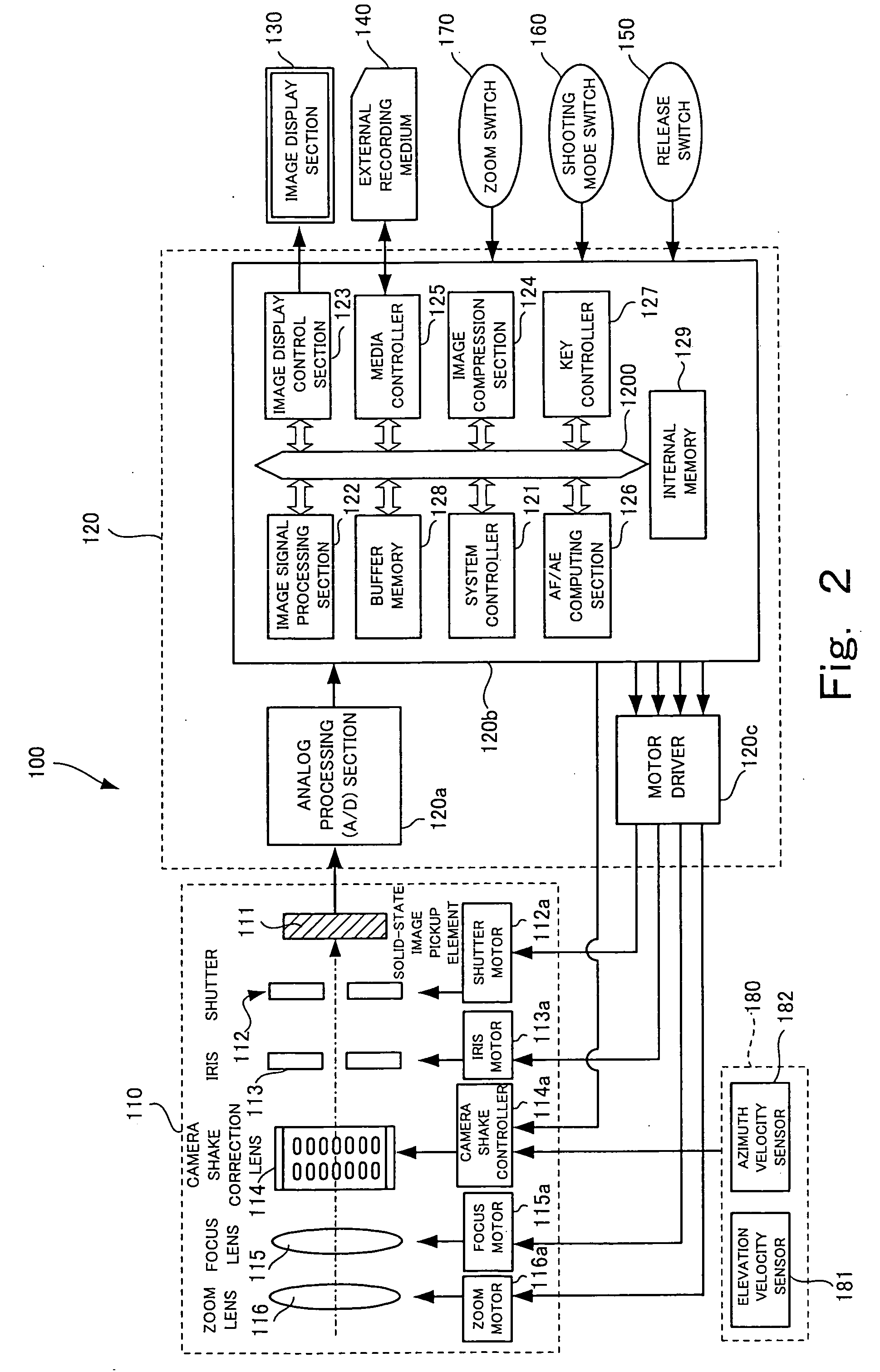Optical element, optical unit, and image-taking apparatus
- Summary
- Abstract
- Description
- Claims
- Application Information
AI Technical Summary
Benefits of technology
Problems solved by technology
Method used
Image
Examples
example 1
Producing a monocrystalline thin film of InGaO3(ZnO)5
[0109] A 2 nm-thick ZnO thin film is grown epitaxially on a monocrystalline silicon substrate by PLD method at a substrate temperature of 700 degrees. Next, the substrate is cooled to room temperature, and a 150 nm-thick polycrystalline thin film of InGaO3(ZnO)5 is deposited on the epitaxial thin film of ZnO by PLD method. The two-layer film thus produced is removed into the atmosphere, subjected to thermal diffusion in the atmosphere at 1400 degrees for 30 minutes using an electric furnace, and then cooled to room temperature.
example 2
Producing a MISFET
[0110] A top-gate MISFET is produced by photolithography. Au is used for the source and drain electrodes and amorphous A2O3 is used for the gate insulation film. The channel length and channel width are 0.05 mm and 0.2 mm, respectively.
PUM
 Login to View More
Login to View More Abstract
Description
Claims
Application Information
 Login to View More
Login to View More - R&D
- Intellectual Property
- Life Sciences
- Materials
- Tech Scout
- Unparalleled Data Quality
- Higher Quality Content
- 60% Fewer Hallucinations
Browse by: Latest US Patents, China's latest patents, Technical Efficacy Thesaurus, Application Domain, Technology Topic, Popular Technical Reports.
© 2025 PatSnap. All rights reserved.Legal|Privacy policy|Modern Slavery Act Transparency Statement|Sitemap|About US| Contact US: help@patsnap.com



